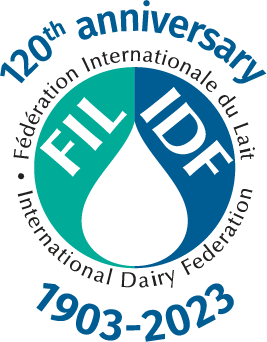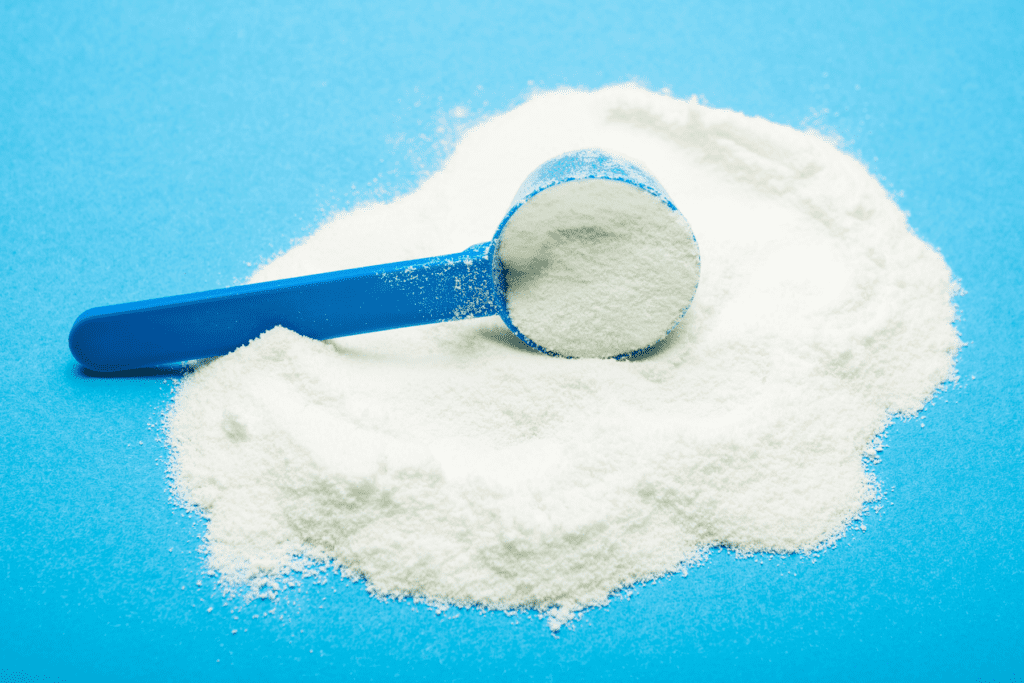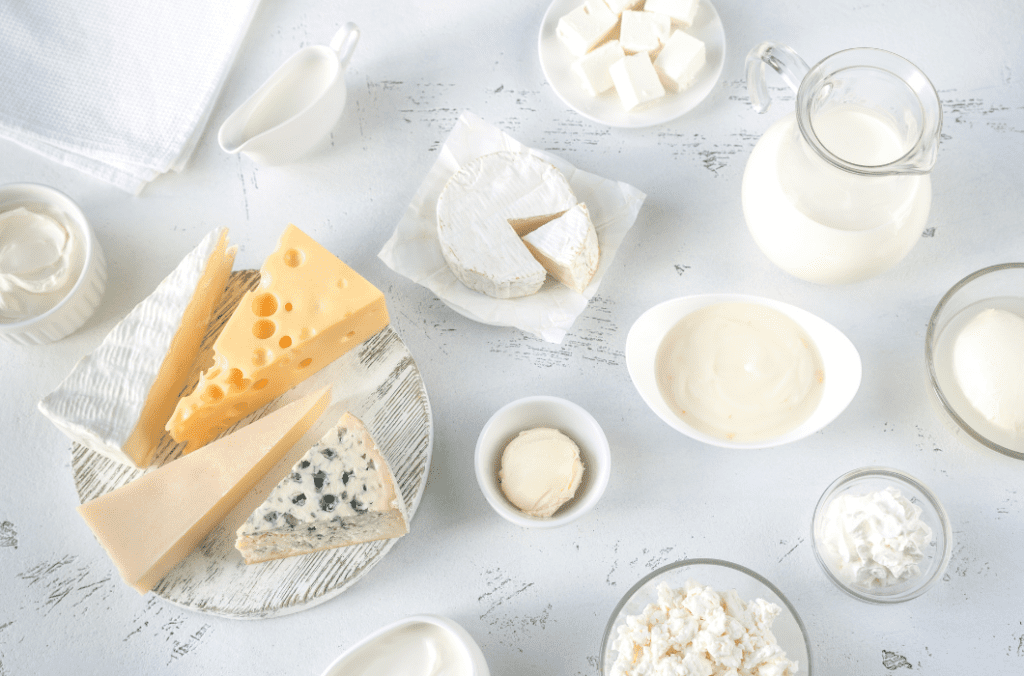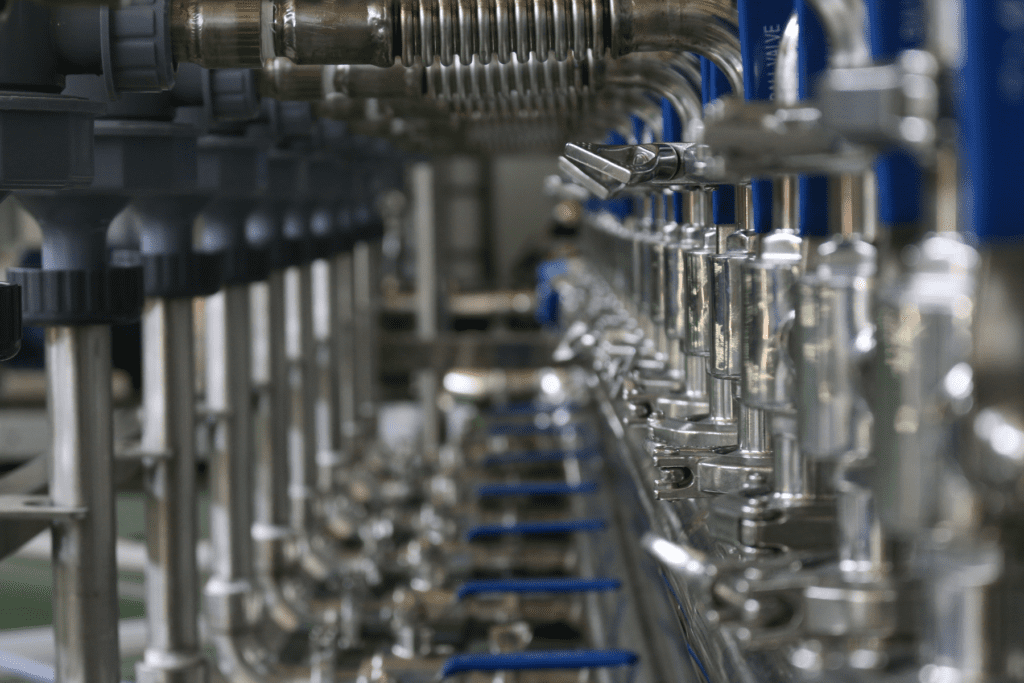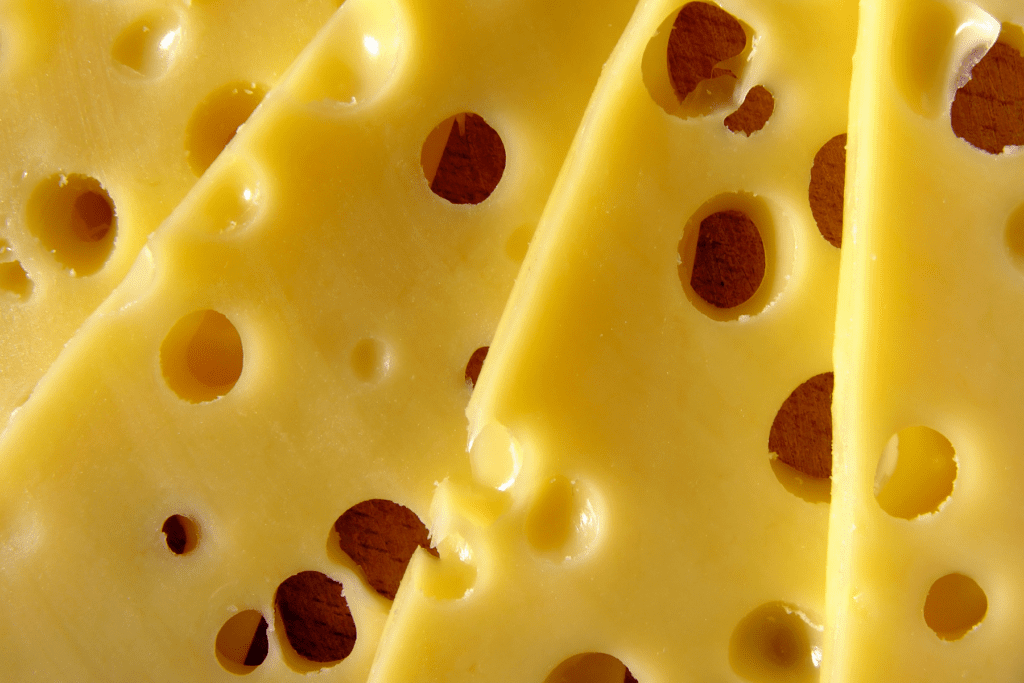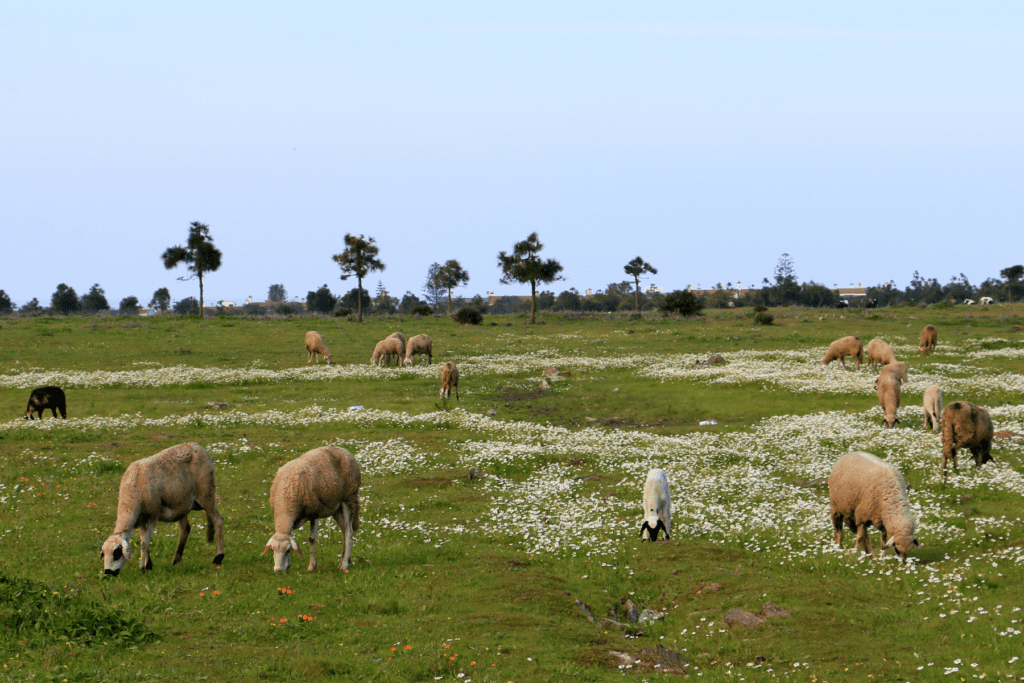Share this page
Technology
behind cheese making
To make cheese, milk is fermented and concentrated by removal of water through the coagulation of the milk.
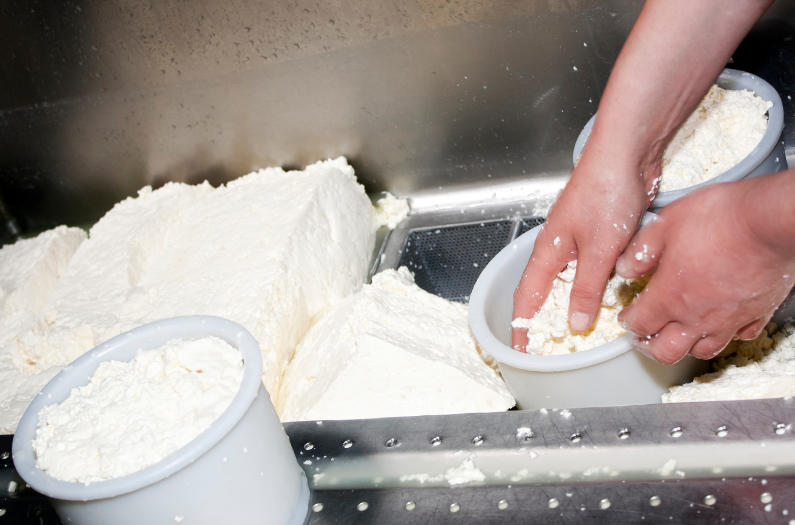

Cheese is believed to have been discovered about 8000 years ago in the area of modern-day Iraq when milk was stored in the stomach of a ruminant animal by nomads, and agitated and heated during daily travel, thus clotting the milk and separating out the curds from the whey. The oldest archaeological evidence of cheesemaking is from 7000–year old fragments of pottery dotted with tiny holes found in central Poland.
The science of cheese
To make cheese, milk is fermented and concentrated by removal of water through the coagulation of the milk.
Key steps in cheese making
- Fermentation occurs through lactic acid bacteria partly from milk and mainly from the added bacteria cultures.
- Acidification by the bacteria curdles the milk.
- To help the curdling and coagulation, rennet or a similar enzyme is added.
- The separation of water is encouraged by cutting the coagulum, stirring the resulting curd, warming and pressing.
- Throughout these manufacturing steps, fermentation of lactose continues which is transformed into lactic acid.
- After pressing, the fresh cheese is immersed into a brine for salting. Alternatively, salt can be added to the curd before pressing.
- For ripened cheese, maturation follows by the action of enzymes of milk, of the rennet, of the lactic acid bacteria, and by additional cultures added. These are e.g. white mould for many soft cheeses, propionic acid bacteria for Emmental and Swiss-type cheeses or a community of bacteria and yeasts for smear-ripened cheeses such as Limburger or Gruyère.
- Thanks to the separation of water and the fermentation of lactose, cheese has a much longer shelf-life than milk. Protein, milk fat and calcium are the main constituents. Most soft, semi-hard and hard cheeses are lactose free.
For more information about cheese and its many varieties, and the cheese making process, consult our IDF factsheets:
Learn more about dairy science & technology
The breadth of issues IDF covers in its work is extensive. Learn more about the work we do.
Fermented dairy products
Fermentation is a natural way to keep foods fresh and safe throughout shelf life.
Read MoreDehydration of dairy products
Dehydration is an important operation used by many dairy processors to extend the shelf life of milk...
Read MoreThe milk tree – technology and use
The dairy sector processes raw milk into an array of products and by-products, which have a range of...
Read MoreDairy focused Membrane Processing
Physically separating and selectively concentrating milk components.
Read MoreInnovative solutions for sustainable dairy processing
Providing a comprehensive overview of eco-friendly & innovative dairy wastewater treatments.
Read MoreComposition of milk and milk products
Dairy foods are an important source of nutrients both children and adults alike.
Read MoreRelated reports & publications
IDF provides a permanent source of authoritative scientific and other information on a whole range of topics relevant to the dairy sector.
Bulletin of the IDF N° 509/2021: Lactose, an important nutrient: Advocating a revised policy approa...
This Bulletin summarizes the scientific evidence on the nutritional and health properties of lactose as natura....
ISO 11816-2 | IDF 155-2: 2016 - Milk and milk products - Determination of alkaline phosphatase activ...
This standard has been withdrawn and replaced by ISO 11816-2 | IDF 155-2: 2024.
Bulletin of the IDF N° 461/2013: Collaborative studies on methods to determine enzyme activity in c...
It is important to know the activities and compositions of different enzyme preparations in cheese making to b....
Bulletin of the IDF N° 468/2013: Interlaboratory collaborative study of a method for the determinat...
Results of an international collaborative study conducted to establish precision figures for the determination....
Related news & insights
IDF provides a permanent source of authoritative scientific and other information on a whole range of topics relevant to the dairy sector.
Expert insights on cheese at IDF Symposium
The International Dairy Federation (IDF) has announced further details on the programme for the IDF International Cheese Science and Technology....
Nutrition, health and food technology: Expert insights on non-bovine milk at IDF Symposium
Growing global interest in non-bovine....
